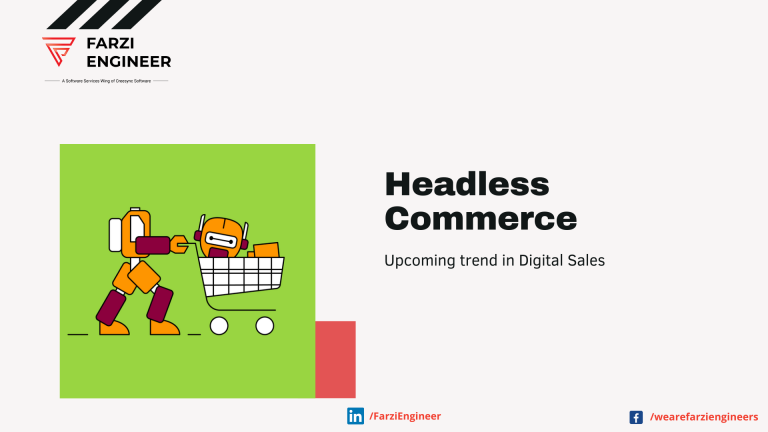In Conversation with Rishabh Satiya: Unpacking the Power of BYOB for D2C Success
BYOB, or Build Your Own Box, is a feature that allows customers to curate their product selection, creating a personalized bundle of items. When executed successfully, BYOB has the potential to significantly enhance Average Order Value (AOV), leading to improved margins and a more substantial marketing budget. Here’s a closer look at the insights shared by Rishabh Satiya, including a valuable lesson from their initial BYOB launch:
1. AOV Improvement for Better Margins
One of the primary advantages of BYOB is its ability to boost the Average Order Value. Customers are incentivized to add more items to their boxes, leading to larger transactions and, consequently, improved profit margins. This increase in AOV provides D2C brands with the financial means to invest more in marketing and expansion.
2. Top Sellers Inclusion
To make the BYOB offering even more compelling, consider including your top-selling products as options for customers to choose from. This strategy not only showcases your most popular items but also ensures that customers feel they are getting the best value for their personalized bundle.
3. Strategic Discounts
While offering discounts can be an effective tactic to drive BYOB participation, it’s essential to strike a balance. Ensure that the discounts provided allow you to maintain a margin of at least 50-60% to ensure profitability. Discounts should be enticing but not at the expense of the bottom line.
4. Conviction and AB Testing
Implementing BYOB takes more than just a willingness; it takes conviction. Brands must be committed to the strategy and continuously test and optimize it. AB testing different approaches can help refine the BYOB offering, making it even more appealing to customers.
5. Learning from Initial Failure
One of the most valuable insights shared by Rishabh was their experience with the initial BYOB launch. Surprisingly, it didn’t gain much traction, and in fact, their sales dropped. This setback led them to reevaluate their strategy and consider whether the decline in sales was related to BYOB. This experience highlighted the importance of closely monitoring the impact of new initiatives and being ready to pivot when needed.
6. Traffic Redirection
Rishabh shared an interesting tactic where they redirected organic traffic to the BYOB page. This redirection can generate initial interest and engagement, giving the BYOB feature a jumpstart. However, it’s essential to have compelling content and offerings in place on the BYOB page to make the most of this traffic.
7. Content Focus
Once the baseline for BYOB has been established, shift your focus to creating specific ads and content tailored to this offering. Craft content that highlights the benefits of BYOB, showcases the products available for customization, and entices customers to create their personalized boxes.
8. Brand Awareness
Building brand awareness before launching the BYOB feature is crucial. A strong brand presence helps attract initial interest and participation when the feature is introduced. Without brand recognition, the impact of BYOB may be limited.
9. Data-Backed Improvement
Learning from their initial failure, Rishabh emphasized the importance of a data-backed approach to make their second BYOB launch more successful. This underscores the significance of data-driven decision-making and the ability to pivot based on insights.
Technology Stack and Customer Retention
Beyond the insights into BYOB, Rishabh highlighted the significance of selecting the right technology stack for your e-commerce platform. Flexibility and adaptability are key in this regard. The right tech stack not only facilitates the seamless implementation of strategies like BYOB but also allows rishabh satiya brands to create tailored user journeys, enhancing the overall customer experience.
Ultimately, the success of a D2C brand is determined by the number of customers who become repeat buyers. This metric has a direct impact on your marketing budget and the long-term sustainability of your brand.
In conclusion, BYOB is a potent tool in the arsenal of D2C brands looking to boost their margins, engage customers, and drive success. However, the road to BYOB triumph requires a well-thought-out strategy, relentless testing, and a commitment to learning from failures. When combined with the right technology stack and a focus on customer retention, BYOB can pave the way for a brighter future in the world of D2C.
Stay tuned for more insights and strategies to empower your D2C brand for success.
If you have any questions or would like to discuss this further, please feel free to reach out.





